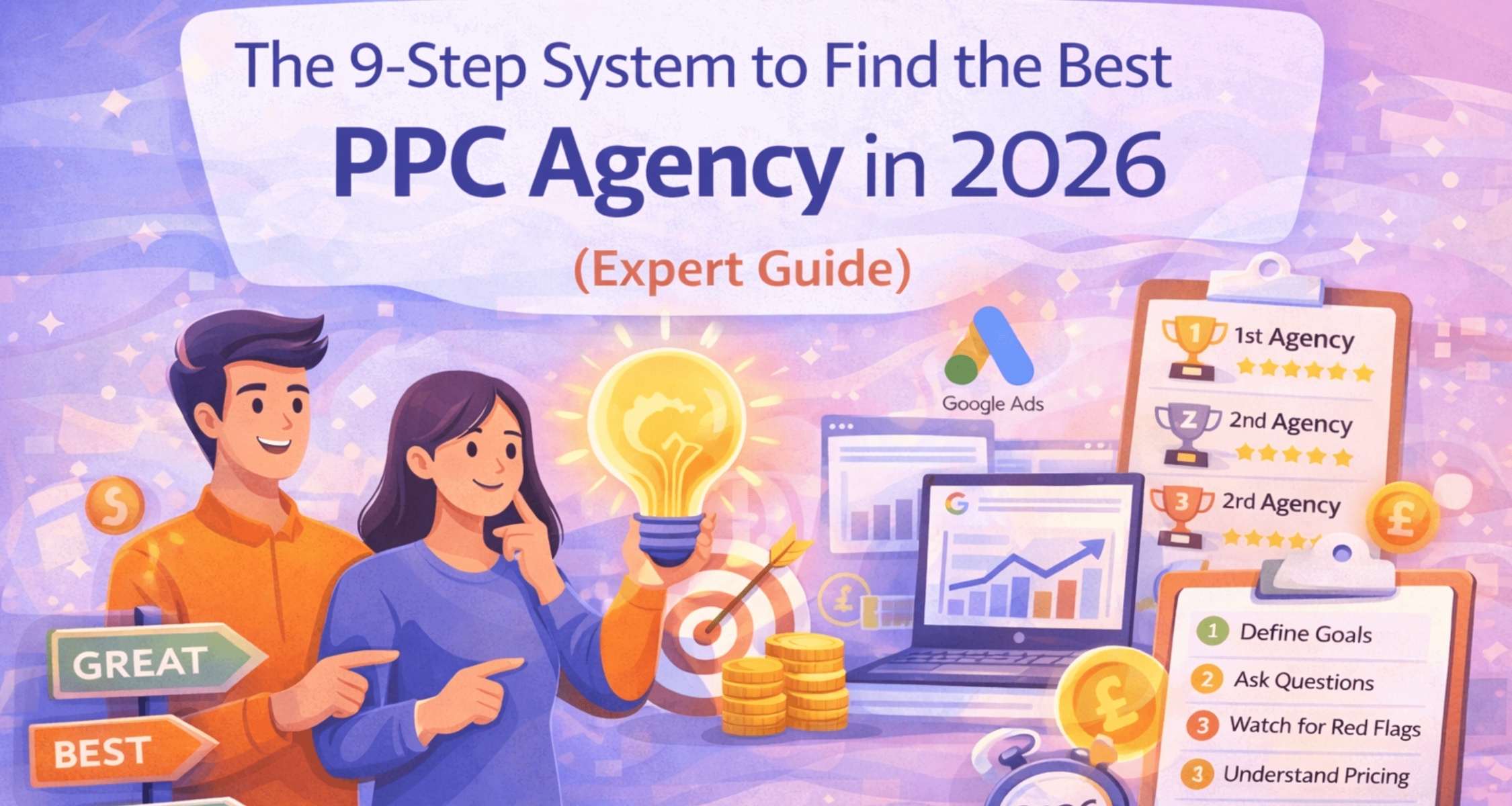The SEO Pyramid Explained: And How You Can Conquer It
Master the SEO pyramid with Lancashire's SEO experts' guidance. Boost your website’s rankings with Fruity Llama’s actionable tips and elevate your business today.

First, What is the SEO Pyramid?
The SEO pyramid is a clear and practical model highlighting the fundamental elements of Search Engine Optimisation (SEO). Think of it as building a structure: you start with a solid foundation before you add levels. If you’re aiming to advance your business then this SEO pyramid provides the perfect framework.

In this guide, we break down each layer of the SEO pyramid and offer actionable insights to help you excel at each stage. Are you ready to gain a better understanding of SEO? Let’s examine the five layers of the SEO pyramid:
The Solid Foundation – Crawlability
At the base of the SEO pyramid is crawlability. To compete on Google’s ranking page, Google’s bots must be able to crawl your site efficiently—something your competitors are also aiming for. Pages that can’t be crawled will not appear in search results.
So, how exactly does crawling work? Google’s bots begin by identifying a few pages. They follow links on those pages to other pages, forming a web of URLs that leads to new content discovery. This process is automatic once your site is published.
However, if there are pages—such as customer profiles or duplicate content—that you want to keep out of Google’s index, you can block them using a robots.txt file. Google offers a guide on how to create these files.
You can read here: How to write and submit a robots.txt file.
If you do this, take care. You don’t want to block pages with important directives like canonical tags, as Google needs to access these to understand and follow your instructions.
Level 1 – Indexability
Now that you have a strong foundation, let’s look at the next level. For your pages to show in search results, Google must also index them. The Index functions as a database where all discovered pages are stored, ready to be retrieved when a relevant search query is made. For example, If you sell blue suede shoes, your webpage will show in the rankings if the customer searches Google with the query: “blue suede shoes.” However, this example is an oversimplified explanation of how search rankings work.
Typically, Google will index your site automatically, but if it doesn’t, don’t worry, you can create a sitemap. This is a list of all your site’s URLs. To do this, you can use tools like XML-Sitemaps.com and submit it through Google Search Console.
Like crawling, you can specify which URLs you don’t want Google to index by adding ‘Noindex’ meta directives in the HTML head of the relevant pages. You may need help from a web developer or an online tutorial. This prevents the pages from appearing in search results while keeping them accessible to visitors.
Level 2 – Accessibility
Once you’ve optimised your site for crawlability and indexability, it might show in search results. However, if users encounter access issues, Google could penalise your website by dropping your rank in the search engine. Your website must maintain fast loading speeds. You should monitor HTTP statuses, and check that your site renders correctly.

Slow loading times, particularly on mobile devices, are a common problem. Businesses often overlook this, but it’s a crucial issue to address. Google’s PageSpeed Insights tool is useful for checking your site’s speed. Large image sizes often cause delays, so compress them with tools like TinyPNG. Convert images into WebP for the best quality and aim to keep the file size under 100KB.
Level 3 – Rankability
Your SEO pyramid is looking sturdy and well on its way to getting results. You have a website that is crawlable, indexable, and accessible. It’s time to optimise your website for improved rankings. Concentrate on both internal and external linking strategies.
- External links (backlinks): These are links from other sites to yours, serving as word-of-mouth endorsements. High-quality backlinks tell Google that your site is a trustworthy resource, helping to elevate your rank.
- Internal links: These are links within your site that connect your various pages, improving navigation and SEO.
The more high-authority backlinks you have, the higher your chances of ranking well.
The Top – Clickability

At the top of your SEO pyramid is clickability. Make sure your content matches search intent. When your content effectively responds to search queries, it tends to rank higher and achieve a better click-through rate. Begin by selecting your target keywords and creating content that answers the searcher’s questions while considering search engine requirements. Optimise for SERP features like tables, lists, and clearly defined headings (H1, H2 tags, etc.).
Image optimisation: To feature in image packs on SERPs, provide detailed alt text and descriptive filenames for each image.
Final Thoughts
Adopting the SEO pyramid framework will establish a strong SEO foundation and boost your organic rankings, potentially securing top SERP positions. Although the process might seem daunting, effective SEO can significantly enhance your business. If you’re uncertain about executing it yourself, hiring a professional can help you avoid mistakes and ensure your strategy is successful.
We know a thing or two about SEO, take a look at our success stories. Improve your local SEO in Lancashire with experienced professionals and boost your rankings with our local SEO service. Visit fruityllama.co.uk.





